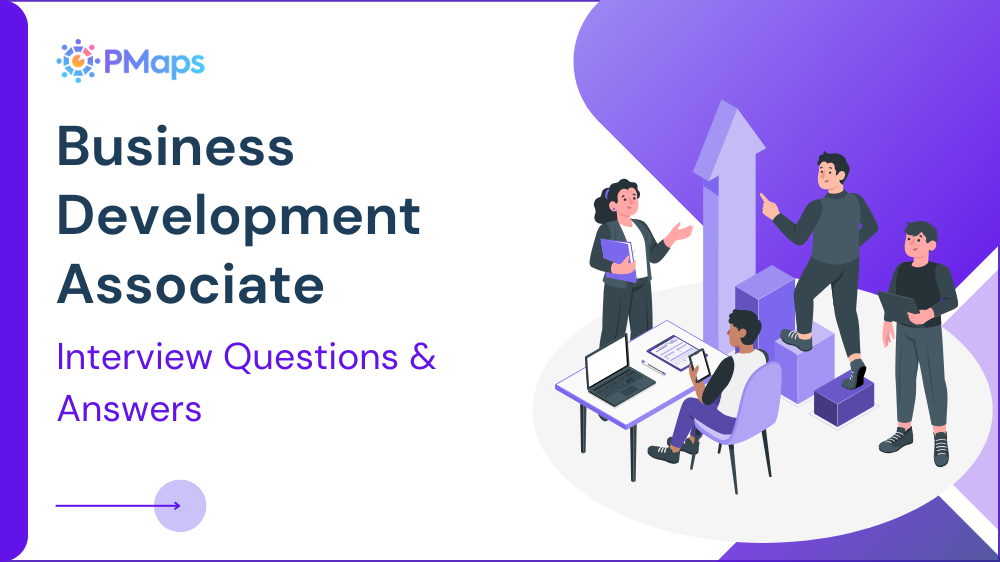
A business analyst in banking interprets financial data, aligns workflows, and supports process improvements across digital and operational banking systems. This business analyst banking job description is designed for candidates who operate within core finance teams to optimize product offerings, compliance adherence, and customer experience frameworks in banking environments.
They contribute to system transformations, shape regulatory deliverables, and support internal banking operations with structured analysis. An ideal business analyst banking domain job description represents the role that often touches key banking modules—retail, lending, payments, and risk—helping teams connect financial data with real-time decisions, automation logic, and cross-unit strategy.
Business Analyst Roles and Responsibilities in Banking
This role supports the alignment of banking operations, system logic, and product functionality with customer and compliance needs. A well-defined business analyst job specification in banking ensures that each process enhancement, report generation, or system upgrade is informed by structured analysis and practical insight. The analyst works closely with cross-functional teams to deliver regulatory, risk, and revenue outcomes.
- Document, analyze, and validate banking processes for core platforms and operational modules.
- Collaborate with credit, risk, and retail banking teams to gather system and compliance requirements.
- Prepare BRDs and FRDs for system enhancements or process changes.
- Support UAT (User Acceptance Testing) for banking applications and digital platforms.
- Interpret data from transactional, customer, and regulatory systems for reporting and trend analysis.
- Liaise with IT, audit, and operations teams to resolve functional gaps and data inconsistencies.
- Track change requests, version control, and post-implementation results.
- Ensure documentation supports compliance with financial regulations and internal control standards.
- Create dashboards and reporting templates using banking BI tools.
- Assist in process automation projects and core banking migrations or upgrades.
Objective of the Business Analyst Role in Banking
A business analyst in banking enables insight-driven decision-making across core banking processes and financial systems. This role supports institutional performance by translating business needs into structured deliverables that enhance efficiency, compliance, and product strategy.
- Bridge data insights with functional requirements across banking modules.
- Standardize documentation of workflows and reporting within regulatory guidelines.
- Align stakeholder expectations with technical and operational project goals.
- Improve process agility and control through structured system analysis.
- Support compliance, customer experience, and financial reporting through business logic clarity.
HR News: Companies using structured Business Analyst – Banking Tests report a 30% reduction in project rework and system downtime (McKinsey). Assess candidates for banking logic, documentation clarity, and regulatory analysis through domain-specific evaluations.
Qualification and Skill Requirements for Business Analysts in Banking
This business analyst job profile in banking requires a blend of domain expertise, documentation precision, and process thinking. Candidates should demonstrate the ability to work across banking systems, regulatory logic, and stakeholder layers to deliver actionable business solutions.
- Bachelor’s degree in Finance, Business, Economics, or IT; certifications like CBAP or Agile preferred.
- 3–5 years of experience as a business analyst in a banking or financial services setting.
- Familiarity with banking products—loans, savings, payments, and regulatory reporting.
- Strong skills in requirement gathering, BRD/FRD preparation, and gap analysis.
- Experience in system testing, UAT support, and implementation cycles.
- Working knowledge of core banking systems (e.g., Finacle, T24, Flexcube).
- Proficiency in tools like JIRA, Confluence, Excel, and basic SQL or data platforms.
- Strong stakeholder coordination across operations, IT, audit, and compliance.
Perks and Benefits of the Business Analyst Role in Banking
This business analyst job role in banking offers a cross-functional vantage point and builds long-term relevance in regulatory systems, financial products, and digital transformation. It enables steady growth through hands-on exposure and collaboration with core banking units.
- Exposure to cross-departmental strategy in banking operations and digital services.
- Opportunities to shape product upgrades and regulatory frameworks.
- Hands-on experience with UAT cycles, BRD structuring, and change documentation.
- Performance-based incentives aligned with project delivery and process optimization.
- Learning paths in compliance, financial system migration, and banking automation.
- Internal mobility toward product owner, digital analyst, or compliance advisory roles.
- Collaboration with functional heads and IT architects on live banking deployments.
Tips for Employers to Craft an Effective Business Analyst JD in Banking
A well-written business analyst job description in banking helps attract candidates who are comfortable with both business logic and regulatory detail. Clarity on system scope, stakeholder touchpoints, and process responsibilities can improve hiring alignment and role clarity.
- Mention core banking systems or platforms the analyst will engage with.
- Clarify whether the role supports retail, credit, compliance, or digital functions.
- Define reporting structure—Product Manager, Tech Lead, or Business Head.
- Include documentation tasks—BRD, FRD, UAT planning, or audit trail preparation.
- Highlight interaction with IT teams and non-technical banking staff.
- Note if knowledge of regulations (e.g., Basel, KYC, AML) is essential.
- Indicate whether tools like JIRA, SQL, or Tableau are part of the workflow.
Did you know? Using a Business Analyst – Banking Interview Question Bank improves role-fit accuracy by 27% (Gartner). Evaluate candidates on documentation logic, system integration awareness, and stakeholder alignment through targeted interview scenarios.









